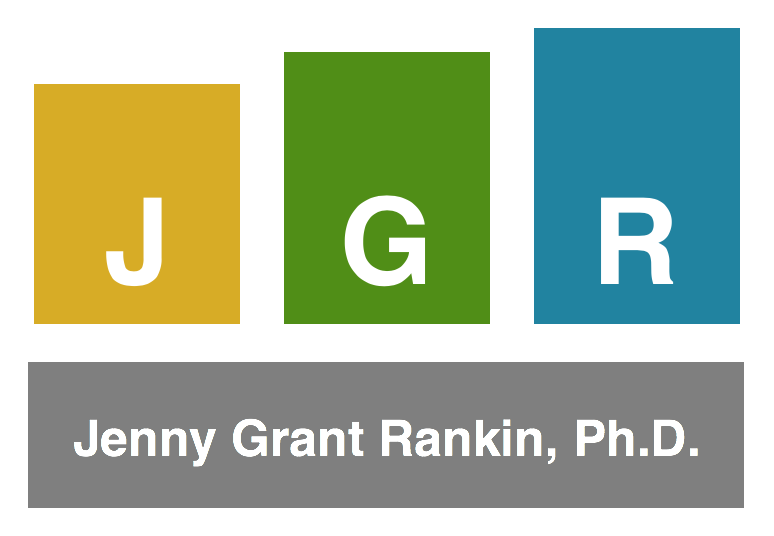I will always love infographics and creative takes on data visualization. Taking an unusual approach to graphing something can communicate an added layer of meaning when the graphing style is catered specifically to that added message. There is great potential for fun with such graphics, as found in resources like Graph Out Loud: Music, Movies, Graphs, Awesome, by GraphJam, where works of pop culture are graphed for entertainment.
To demonstrate, I’ve created my own such infographic (click on image to enlarge), which combines 2 mirrored line graphs and a pie chart to illustrate the song “Escape (The Piña Colada Song)” by Rupert Holmes. This infographic violates many of the research-informed rules of OTCD. However, graphics like this don’t have to follow OTCD because there are no repercussions for not understanding the info they communicate. Data visualization that accompanies presentations (like those at TED.com) also violates rules at times, but those images have the added element of live commentary to compensate, and their required understanding tends to be based more on emotion or a general picture than on understanding specific datasets. Hence the data visualization within TED presentations works well for what it’s intended (I'm a big TED fan).
It’s great to have fun with data and graphing, but if you’re communicating data for which understanding vs. not understanding that specific data has consequences, adhering to OTCD package/design standards is paramount. There are few consequences direr than those that impact students; hence, education data warrants serious package/design considerations and the benefits of OTCD. Fortunately, there are still plenty of other areas for fun with graphing.
Visit www.jennyrankin.com/subscribe to subscribe to this blog.

